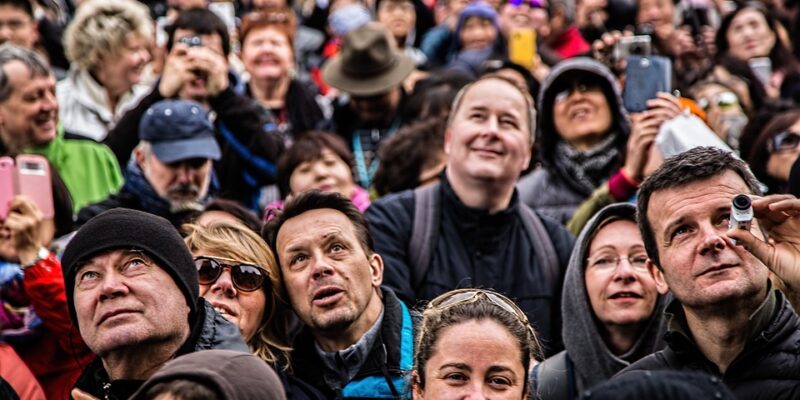Breaking Down the Mechanics of Creating Lifelike 3D Facial Expressions
In the world of 3D animation and computer graphics, creating lifelike facial expressions is a crucial aspect of achieving realism in character design. From conveying emotions to adding depth and complexity to a character, realistic facial expressions are essential for bringing animated characters to life. In this article, we will explore the mechanics behind creating lifelike 3D facial expressions and the techniques used to achieve this level of realism.
The Importance of Lifelike Facial Expressions
Facial expressions play a significant role in how we communicate and interact with others in the real world. In animated characters, facial expressions are equally important in conveying emotions, intentions, and personalities. Lifelike facial expressions can make a character more relatable and engaging, drawing audiences into the story and creating a stronger emotional connection.
When creating lifelike facial expressions in 3D animation, artists aim to capture the nuances and intricacies of human facial movements. This involves understanding the anatomy of the human face, including the structure of muscles, skin, and bone, as well as the complex interplay of facial features during expression changes.
The Anatomy of Facial Expressions
To create lifelike 3D facial expressions, animators must have a solid understanding of the anatomical structure of the human face. The face is composed of numerous muscles that work together to produce a wide range of expressions, from subtle smiles to dramatic frowns. Each muscle in the face is responsible for specific movements, such as raising eyebrows, widening eyes, or curling lips.
One of the key factors in creating realistic facial expressions is the ability to simulate muscle movement accurately. By understanding how muscles contract and expand during different expressions, animators can replicate these movements in their 3D models. This level of detail is essential for achieving lifelike facial animations that accurately mimic human expressions and emotions.
Techniques for Creating Lifelike Facial Expressions in 3D Animation
There are several techniques used in 3D animation to create lifelike facial expressions, ranging from manual sculpting to advanced motion capture technology. Here are some common techniques used by animators:
1. Facial Rigging: Facial rigging is the process of creating a skeletal structure for the face that controls the movement of facial features. By rigging the face with a system of bones, joints, and controls, animators can manipulate the facial expressions of a 3D model with precision and accuracy.
2. Blendshapes: Blendshapes, also known as morph targets, are predefined facial poses that can be morphed together to create a wide variety of expressions. By blending different shapes and poses, animators can seamlessly transition between facial expressions and create smooth, realistic animations.
3. Motion Capture: Motion capture technology allows animators to record real-life movements and apply them to 3D models. By capturing the movements of an actor’s face using markers and cameras, animators can create lifelike facial expressions that mirror the actor’s performance.
4. Facial Animation Software: There are various software tools available for creating lifelike facial expressions in 3D animation, such as Autodesk Maya, Blender, and Adobe Character Animator. These programs offer a range of tools and features for rigging, sculpting, and animating facial expressions, providing animators with the flexibility and control needed to achieve realistic results.
Challenges in Creating Lifelike Facial Expressions
While creating lifelike facial expressions in 3D animation can produce stunning results, it also comes with its challenges. One of the main challenges animators face is achieving natural-looking movement and expressions that are free from stiffness or awkwardness. To overcome this challenge, animators must pay close attention to the subtleties of facial movements, such as microexpressions, eye blinks, and lip sync.
Another challenge in creating lifelike facial expressions is maintaining consistency across different characters and scenes. Ensuring that facial expressions remain consistent throughout a project can be a daunting task, requiring attention to detail and careful planning.
Furthermore, animating complex emotions such as anger, sadness, or joy can be particularly challenging, as these expressions involve a combination of movements and subtle cues that convey specific emotions. Animators must study human behavior and psychology to accurately portray these emotions and create engaging performances that resonate with audiences.
In conclusion, creating lifelike 3D facial expressions is a complex and multifaceted process that requires a deep understanding of human anatomy, facial movements, and animation techniques. By mastering the mechanics behind facial expressions and employing the right tools and techniques, animators can bring their characters to life with realistic and expressive animations that captivate audiences and enhance storytelling.
